11 Outdated Fashion Rules You Can Ignore Now
Fashion has always come with guidelines that once felt unshakable, but many of those rules no longer apply today. What was once considered a mistake is now a way to showcase creativity and confidence in personal style. Pairing unexpected colors, mixing prints, or opting for comfort over formality all reflect how style has evolved. Modern wardrobes thrive on individuality, and the freedom to wear what feels right has replaced outdated traditions.
This post may contain affiliate links, which helps keep this content free. Please read our disclosure for more info.
Never Wear White After Labor Day
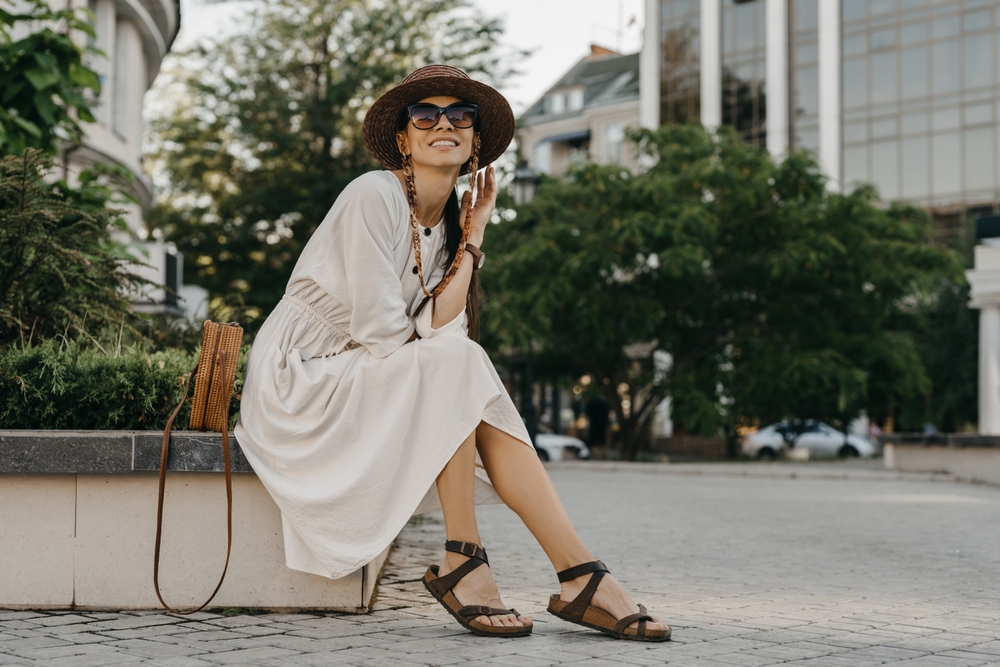
This idea began as a way for wealthy families in the early 20th century to mark the end of summer. White clothing was linked to beach holidays, leisure clubs, and travel, while darker tones were tied to working life in the city. Over time, the divide became a strict fashion expectation that people followed even if it did not suit their personal taste or lifestyle. Magazines and etiquette guides reinforced this separation, making many believe that wearing white after early September was a serious mistake.
Today, the concept feels outdated because white works beautifully in every season. A pair of white jeans or trousers styled with wool sweaters and boots can look stylish in the middle of winter. White blazers and coats bring a fresh contrast to darker outfits, while white knit dresses can look cozy and elegant. Instead of confining colors to seasons, it is far more freeing to think of fabric, weight, and layering when deciding what to wear.
Match Your Shoes and Bag
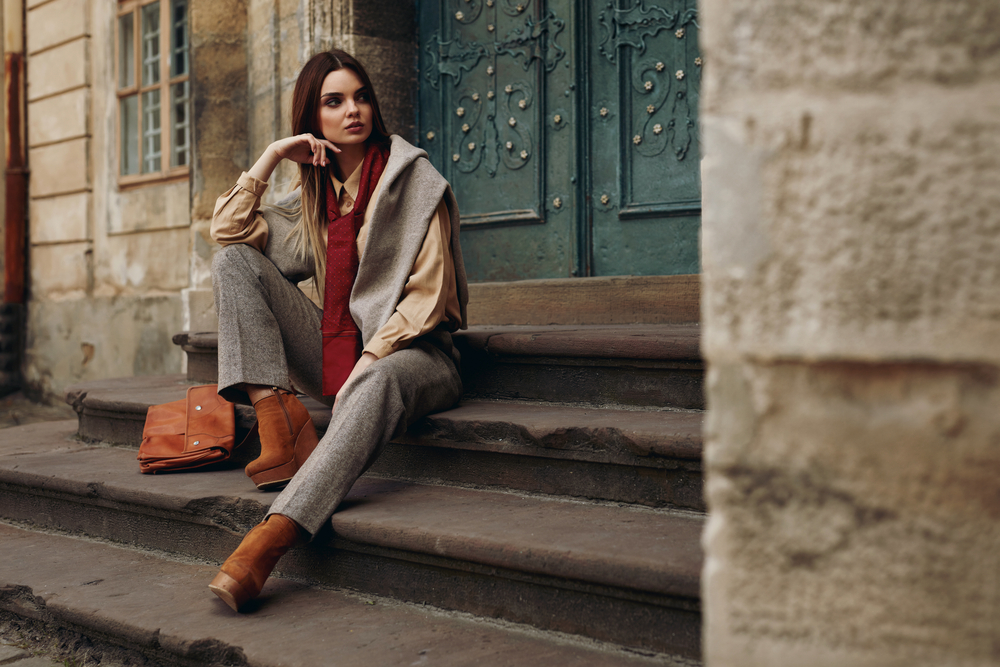
For decades, women felt pressure to purchase matching shoes and bags to look refined. Retailers even sold sets that paired the same leather and finish for both items. The belief was that this created a balanced appearance, yet it often prevented people from experimenting with different colors or textures. The rule gave a sense of uniformity but made fashion choices feel predictable and somewhat dull.
In current styling, breaking up the shoe and bag combination shows personality and adds energy to an outfit. A bright clutch can add interest when paired with classic black heels, or bold sneakers can contrast with a simple leather tote. Playing with mismatched accessories draws attention to both items instead of blending them into one. It allows for more variety, saves money by letting you reuse different pieces, and gives you the freedom to create fresh combinations every day.
Do Not Mix Metals

The old belief that gold and silver should never be worn together comes from traditional jewelry etiquette. Jewelry boxes were often filled with only one type of metal, and combining them was viewed as unrefined. Wearing gold with silver was considered clashing, which limited how people styled sentimental pieces like wedding rings or heirlooms. This mindset left little room for layering or creating versatile looks.
Modern jewelry design has completely changed that thinking. Mixing metals now creates an interesting contrast and adds depth to simple outfits. Wearing a silver bracelet alongside a gold chain feels intentional and fresh, while rose gold paired with platinum adds a soft balance. Many jewelers even create pieces that include two or more metals in one design, proving that the old rule is no longer relevant. Instead of separating collections, people can now wear the pieces they love together in one look.
Do Not Mix Prints
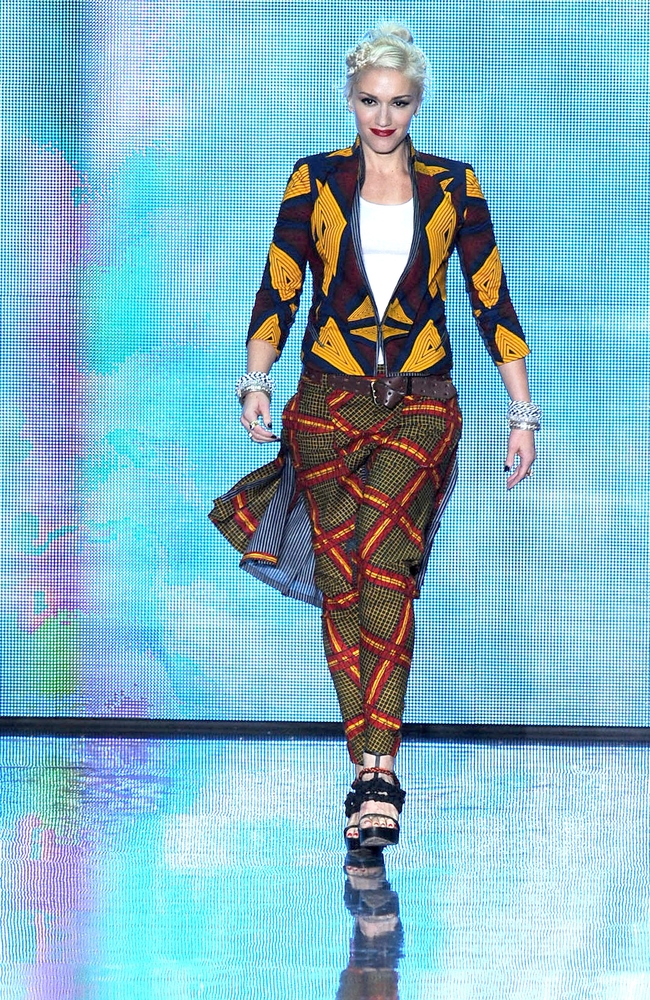
For a long time, fashion advice encouraged people to wear only one print at a time. The worry was that multiple patterns would compete and make the outfit look messy or confusing. As a result, many avoided wearing stripes with florals or plaids with polka dots. Sticking to a single print was seen as the safer choice for a polished appearance.
Fashion today views prints as an opportunity for creativity rather than a problem. Mixing patterns like stripes with animal prints can create exciting contrasts that look intentional when done with care. The key lies in finding one unifying detail, such as similar colors or complementary scales of patterns. Designers and influencers embrace this approach, showing that mixing prints can look stylish and modern. The result is a playful outfit that stands out in a way solid colors cannot achieve.
No Socks with Sandals
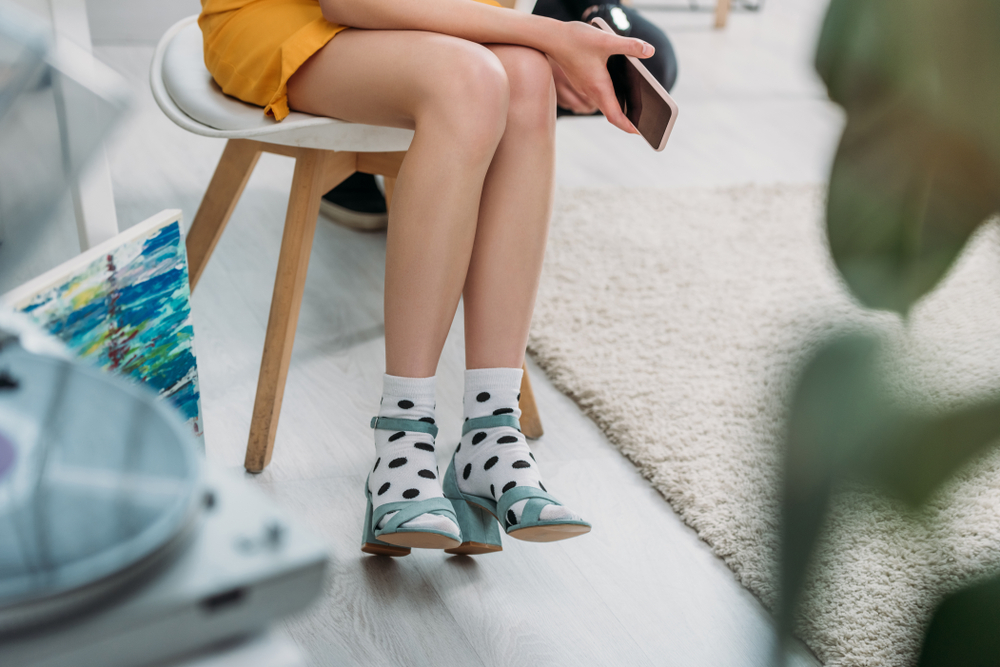
This guideline was once considered one of the biggest fashion mistakes. Wearing socks with sandals was seen as lazy or unfashionable, often associated with tourists rather than style icons. For decades, magazines and stylists reinforced the idea that sandals should always be worn on bare feet. Many avoided the combination out of fear of looking outdated or careless.
In modern fashion, socks with sandals have been embraced on runways and in street style. Thick socks paired with sporty slides create a comfortable yet fashionable look. Sheer or patterned socks styled with strappy heels can even add elegance to an outfit. By choosing the right sock material and coordinating with the rest of the outfit, this combination can look intentional and stylish. What was once mocked has now become a practical and creative way to dress.
Never Wear Brown with Black
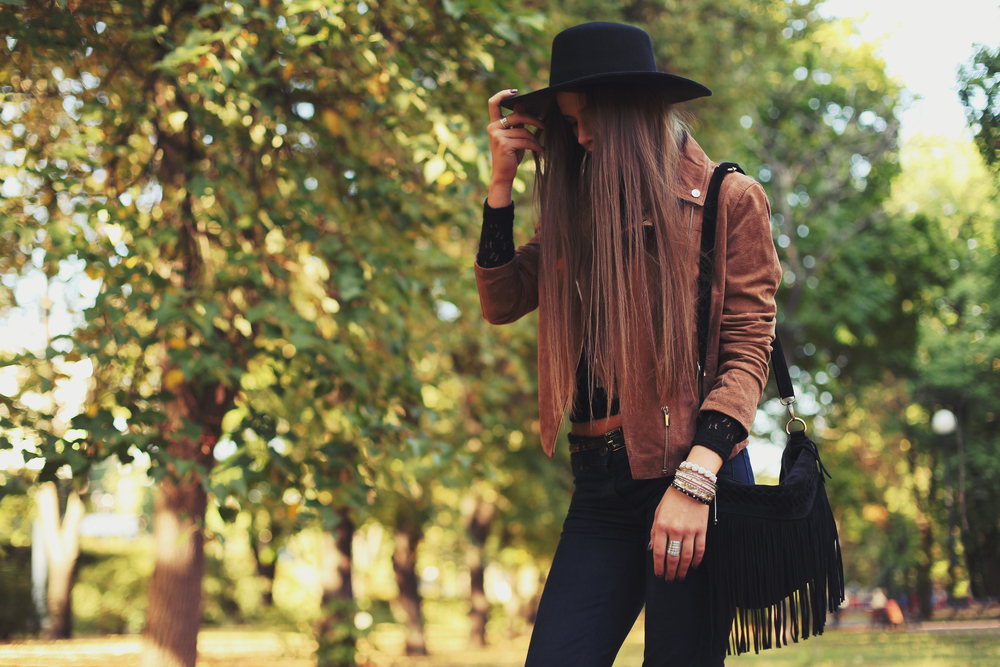
This rule comes from old standards where black was treated as formal and brown as casual, making them seem incompatible. People once avoided wearing the two shades together because it was believed they clashed visually. Many followed this advice for decades, limiting how they paired neutral basics in their wardrobe.
Today, brown and black look refined when styled correctly. A brown leather belt with black trousers adds warmth without looking mismatched, while a black coat over a brown sweater creates balance. Designers frequently showcase the two shades together in collections because both colors are timeless and versatile. Instead of separating them, pairing brown and black can give outfits depth and sophistication.
Always Tuck in Your Shirt

The rule of always tucking in shirts was once tied to formality and neatness. Office dress codes and school uniforms reinforced the idea that untucked shirts looked sloppy or incomplete. This expectation left little space for more casual styling, even when the occasion did not call for strict formality. Many people felt pressured to tuck in every blouse or button-down regardless of personal comfort.
Today, leaving a shirt untucked can look relaxed and stylish depending on the fit. Longer shirts can be worn loosely over slim pants for balance, while half-tucks add shape without feeling overly stiff. Fashion now values proportion more than strict rules, and the choice to tuck or not depends on the overall look. Instead of a rigid rule, it has become a personal decision that allows greater versatility.
Do Not Wear Denim on Denim
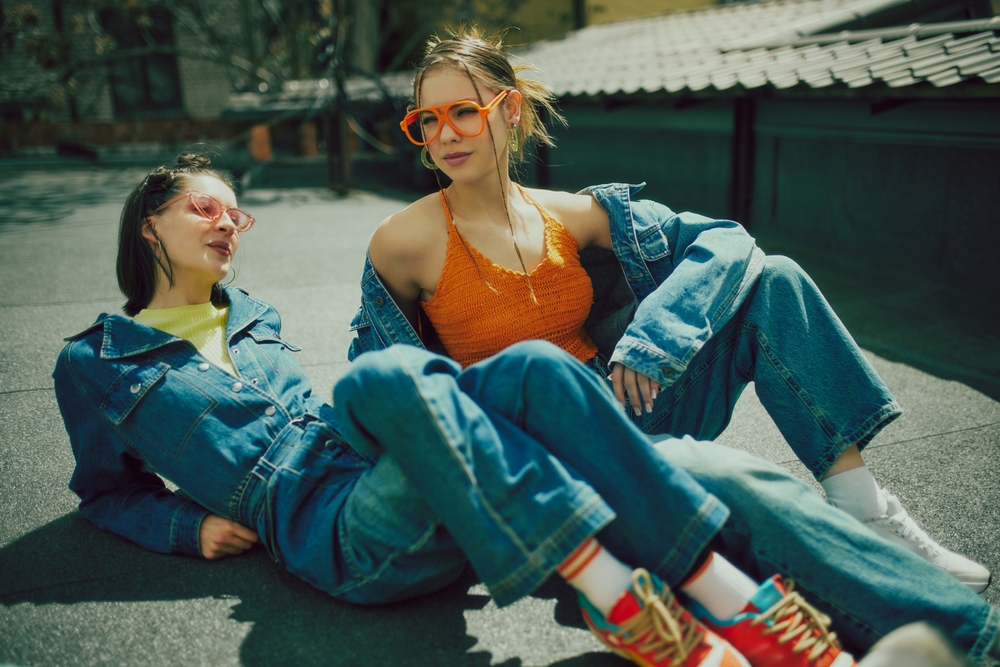
Wearing denim on denim was once known as the “Canadian tuxedo” and was mocked as a fashion mistake. Pairing a jean jacket with jeans was thought to be overwhelming or out of touch. For decades, magazines advised people to separate denim pieces to avoid looking repetitive.
Modern fashion has embraced denim layering as a bold style choice. The trick lies in mixing washes or textures, such as pairing light jeans with a darker jacket. Designers now present head-to-toe denim on runways, showing that it can look stylish and intentional. With thoughtful styling, denim on denim offers a fresh take that feels casual yet put together.
No Sequins During the Day
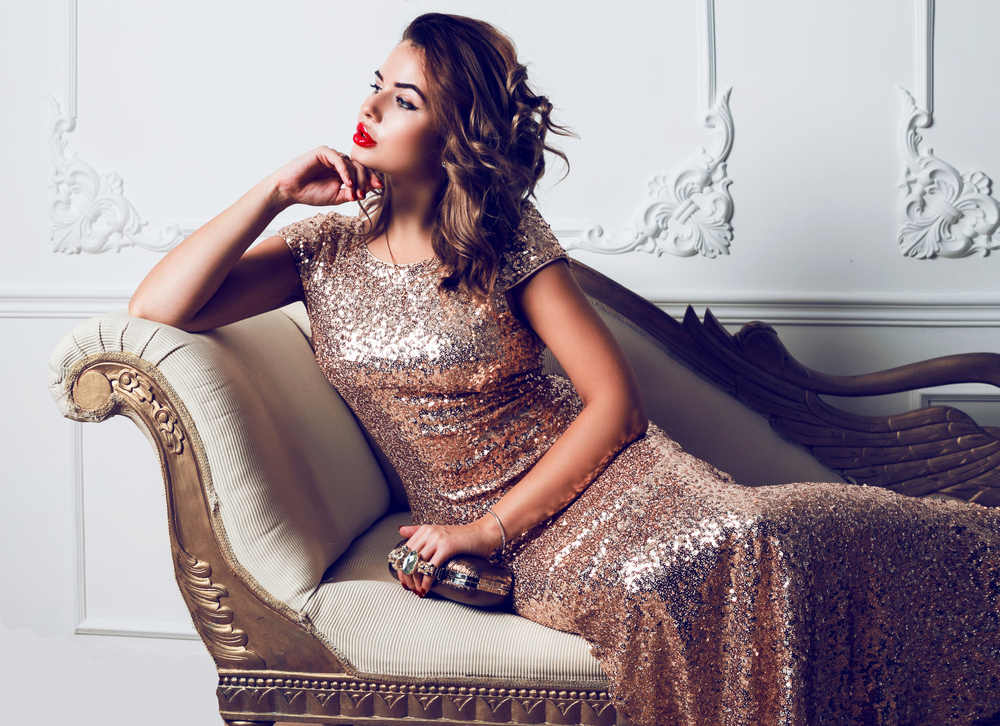
Sequins were long reserved for evening wear, parties, and special events. Sparkling fabrics were seen as too flashy or inappropriate for daytime activities. Many believed that sequins should stay hidden in the closet until a holiday or formal occasion arrived.
Today, sequins have found their place in everyday style. A sequin skirt paired with a simple sweater looks fun without being overwhelming. Even sequin tops can be worn casually when balanced with denim or sneakers. By mixing sequins with relaxed pieces, they transition easily into daytime fashion and bring a playful sparkle to ordinary settings.
Heels Are Required for Formal Wear
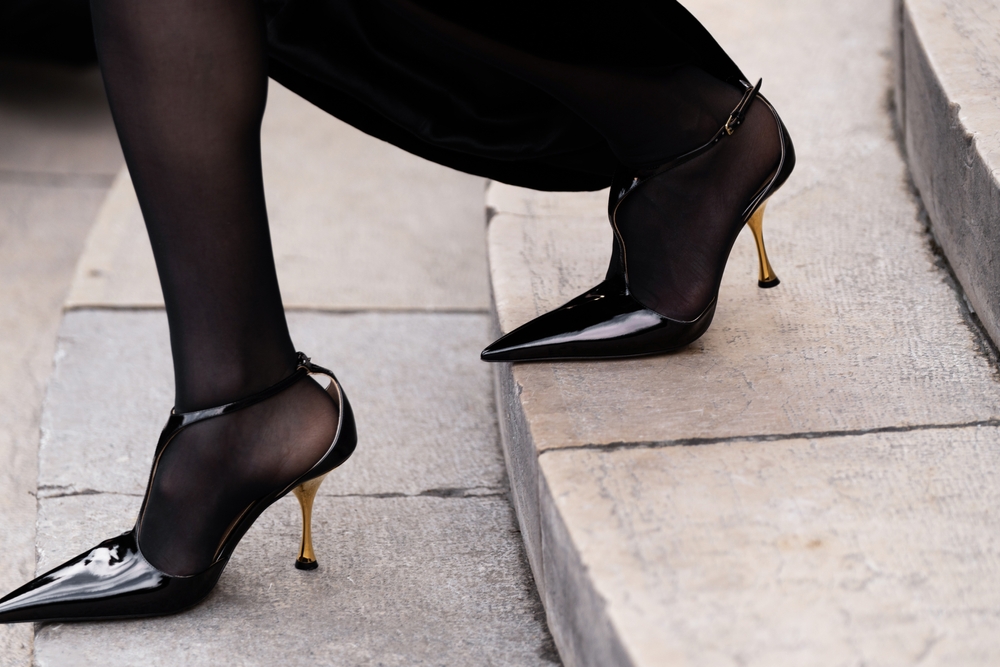
For years, heels were seen as the only footwear suitable for elegant occasions. Women often endured discomfort because flats or sneakers were considered too casual for events. This created unnecessary pressure and excluded comfortable options from formal wardrobes.
The shift toward comfort has changed how people approach dressy occasions. Elegant flats, loafers, and even dressy sneakers are now widely accepted in place of heels. Many designers create embellished or sleek flat styles that look just as appropriate as pumps. Choosing comfort does not mean sacrificing style, and it allows people to enjoy events without pain.
Do Not Wear Socks with Dresses
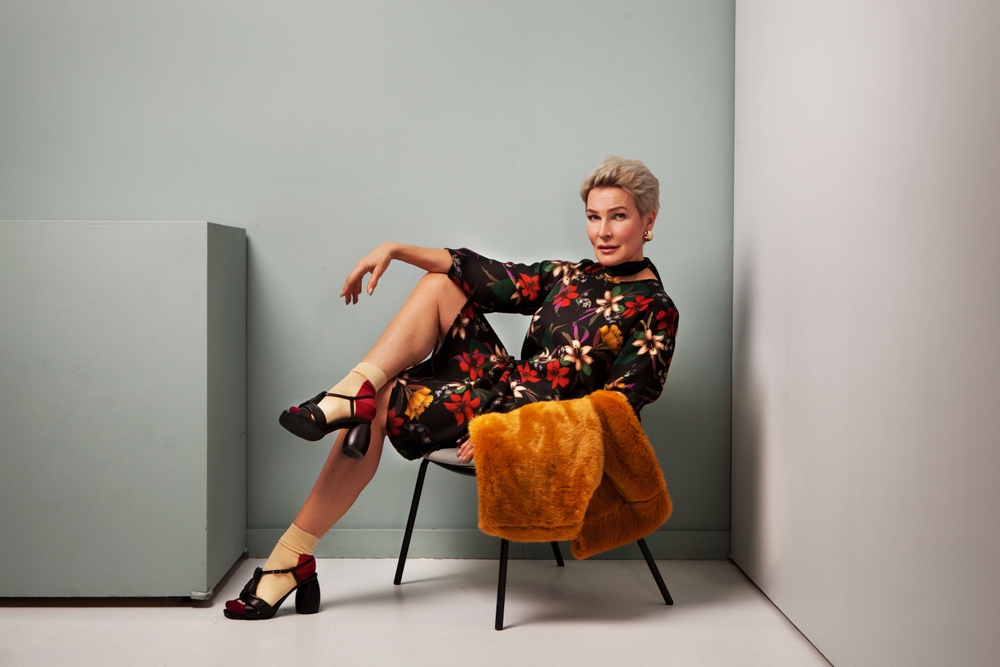
Wearing socks with dresses was once labeled as childish or unfashionable. This opinion was rooted in traditional expectations that socks should stay hidden under pants or skirts. Pairing socks with feminine dresses was thought to spoil elegance and maturity.
Modern style proves otherwise, as socks can add charm and personality to dresses. Sheer ankle socks with flats or chunky socks with boots create unique looks. They also add practicality by making certain shoes more comfortable year-round. Instead of breaking an outdated rule, socks with dresses bring character and creativity to outfits.
This article originally appeared on Avocadu.
